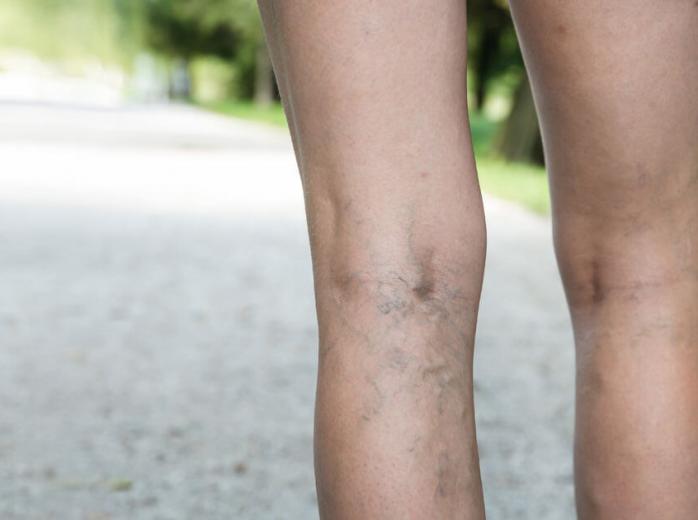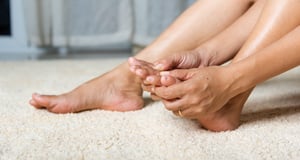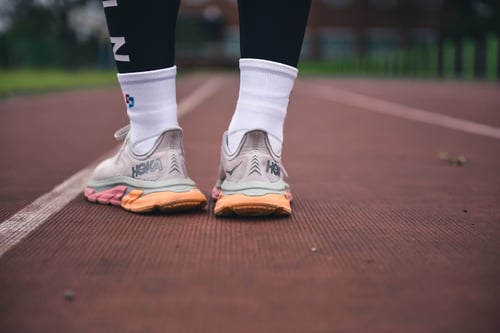
In the continuum of medical conditions, spider veins are relatively common and harmless. However, many people who get spider veins are dismayed by their presence and would like to get rid of the veins, if they could. Knowing what spider veins are, and what you can do to if you have spider veins, is important. Here's what you need to know.
What are Spider Veins?
Spider veins are small blue-ish, purple or red veins, typically found on the legs or face. Although they are not a terrible problem to have, spider veins are sometimes eliminated for cosmetic reasons.
What Causes Spider Veins?
The job of a vein is to carry blood toward the heart. Spider veins have been damaged so that the valve inside the vein no longer works properly. This enables blood to flow in both directions inside the vein. When this happens, blood pools and the vein pokes out a little, so that it is visible.
Just about anyone can get spider veins, but some people are more at risk than others. Risk factors include:
- Gender. Females are more likely to get spider veins.
- Age. Older people are more likely to get spider veins than younger people.
- Genetics. Spider veins tend to run in families.
- Pregnancy. Women often get spider veins in pregnancy, but sometimes spider veins go away when pregnancy ends.
- Weight. People who are overweight are more likely to get spider veins.
- Occupation. People who stand for long periods of time for their job are more likely to experience spider veins.
- Sun exposure. Sun exposure can damage the body and is most likely to cause spider veins in the face.
- Coughing. People who cough a lot are more likely to get spider veins in their face.
How is this Different from Varicose Veins?
Spider veins and varicose veins are not the same thing. Varicose veins stick out farther than spider veins, can be more painful, and are generally either red or flesh-colored. Because they are uncomfortable, varicose veins can be more problematic for the person experiencing them. Left untreated, varicose veins may even cause blood clots.
What Can You Do to Treat Spider Veins?
There are several things you can do to get rid of spider veins. Work with your doctor to find the best solution for your needs. Some common forms of treatment include:
- Laser therapy. Your doctor may be able to use laser therapy to dry up your spider veins.
- Endovenous laser therapy. This procedure performed by a doctor involves cutting away the vein and inserting a fiber to cause the vein to collapse.
- Compression stockings. These products encourage good blood flow through the legs and can prevent development of new spider veins.
- Sclerotherapy. This involves injecting a sticky substance into the veins that can eventually cause the vein to subside.
You can work with your doctor to determine the best treatment. The type of treatment your doctor recommends will depend on the size of the vein, location, cause, whether you’re experiencing pain and other factors.
Contact Us Today
If you’re looking for a way to get rid of your spider veins, contact Sweeney Foot & Ankle Specialists. We’ll be able to diagnose your condition and recommend the best form of treatment. Call today for a consultation.






